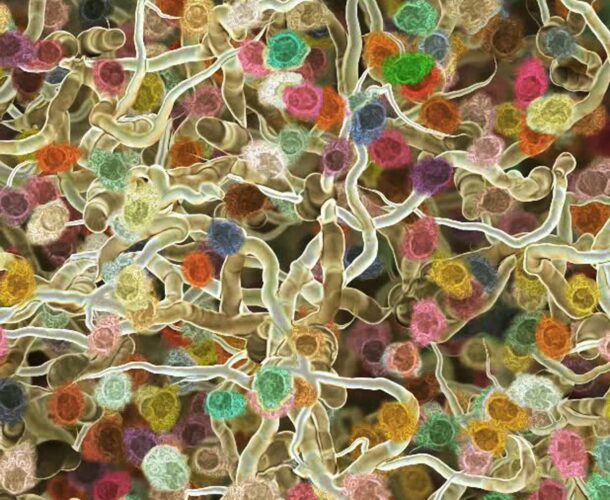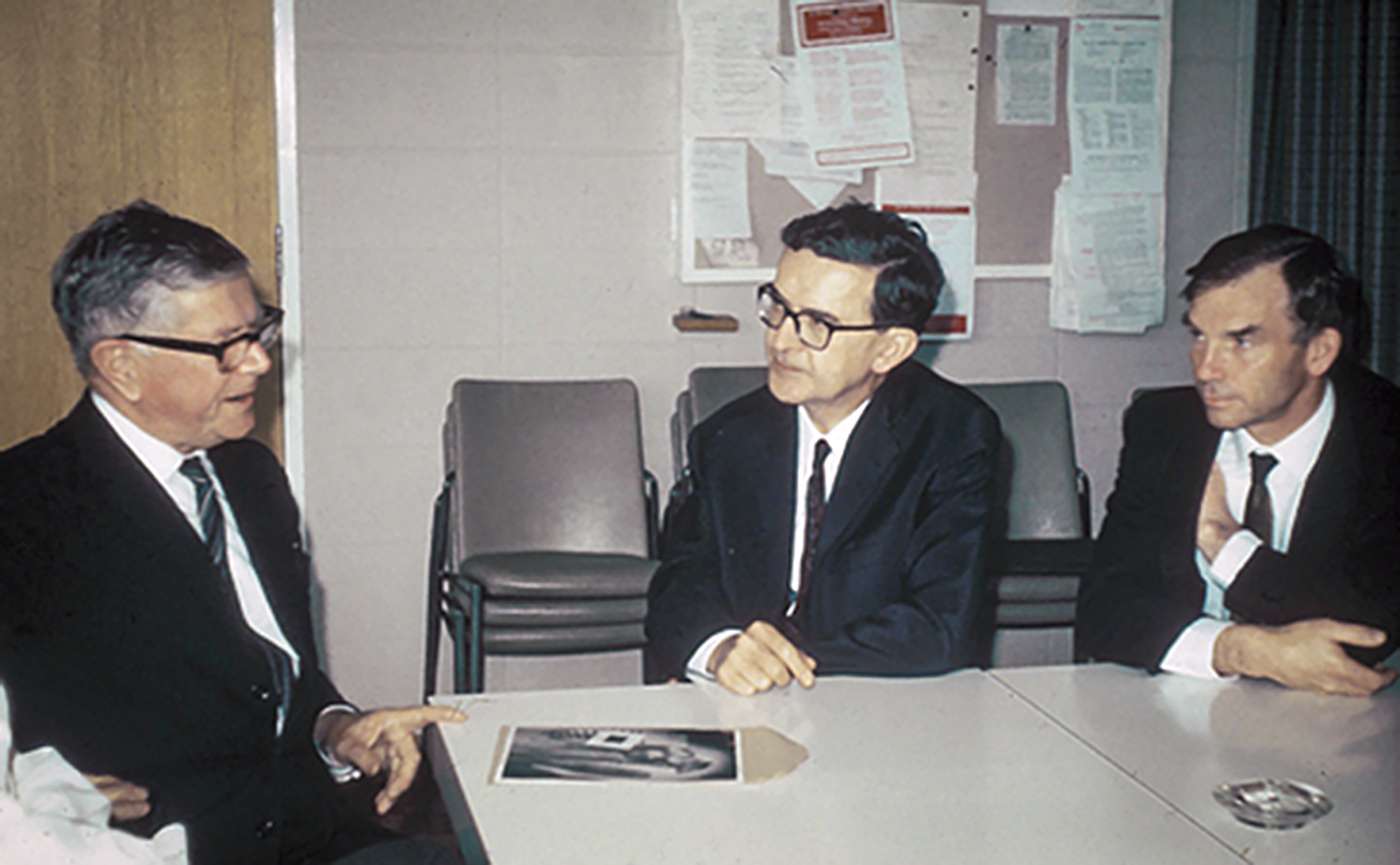In 1957, Sir Frank Macfarlane Burnet publishes a newly developed theory of the immune system in an obscure research journal. It contains what he later described as his greatest contribution to science, the theory of clonal selection of immunity.
As Burnet later said: “with the publication of the clonal selection theory of immunity, I knew that I had done the most important thing I would ever do in science”.
At the time, the field of immunology was so new that the term ‘immune system’ was yet to be coined. Burnet hypothesised that the immune system produces millions of immune cells, each capable of recognising only a single type of foreign material, and able to produce one type of antibody to that foreign material. When the immune cell encounters its ‘match’, it multiplies and produces thousands of copies of itself to fight the infection. This antibody pattern was produced by genetic processes in the cells as they developed during embryonic life – Darwinian theory at the cellular level.
Burnet’s protégé Dr Gus Nossal and Nobel Prize-winning Stanford scientist Professor Joshua Lederberg soon verified the concept that ‘turned immunological theory upside down’. Their ‘one cell, one antibody’ discovery provided the first experimental proof of Burnet’s theory.
Essence of a revolutionary theory
As Burnet explained it:
“The essence of clonal selection theory is that antibody pattern is produced by genetic processes in the cells as they develop during embryonic life.
When the foreign antigen enters the body, one can picture millions of antigen molecules in regions where there are millions of these randomly patterned cells. Sooner or later an antigen molecule will find the right sort of cell with which it can make firm contact. Simplifying things a little, we can say that such contact selects that cell for multiplication and eventual antibody production. Multiplication of a single cell gives rise to 2,4,8 etc. descendants, all producing the same antibody. Such a family of cells is called a clone, a word derived from the Greek for a branching twig – hence the term ‘clonal selection’ by which the theory is known.
As his biographer Christopher Sexton wrote:
“Burnet’s second great theory in the field of immunology was his clonal selection theory, and it was primarily for its formulation that Burnet was included in the London Sunday Times’ 1969 list of the 1000 people who had ‘made’ the twentieth century. This lasting contribution was expressed in this form: ‘By turning immunological theory upside down he has kept the world’s immunologists busy and happy for the last decade.’”
A theory that changed immunology
According to Burnet, Niels Jerne’s natural selection theory was the precursor for his own clonal selection theory, and had a “verve and a sweep that made the self-marker ideas I was struggling with at the time look clumsy and artificial”.
“It gradually dawned on me that Jerne’s selection theory would make real sense if cells produced a characteristic pattern of globulin for genetic reasons and were stimulated to proliferate by contact with the corresponding antigenic determinant. This would demand a receptor on the cell with the same pattern as antibody and a signal resulting from contact of antigenic determinant and receptor that would initiate mitosis or other cellular reaction. Once that central concept was clear, the other implications followed more or less automatically and were published in September 1957.”
A portent for autoimmune disease
The clonal selection theory idea was sparked by the work of institute scientists, including the study of autoimmune diseases by Professor Ian Mackay and his colleagues in the Clinical Research Unit.
Burnet’s clonal selection theory permitted a new way of looking at rogue lymphocytes, seeing them as ‘forbidden clones’ which had somehow disobeyed the general rules of self recognition.








